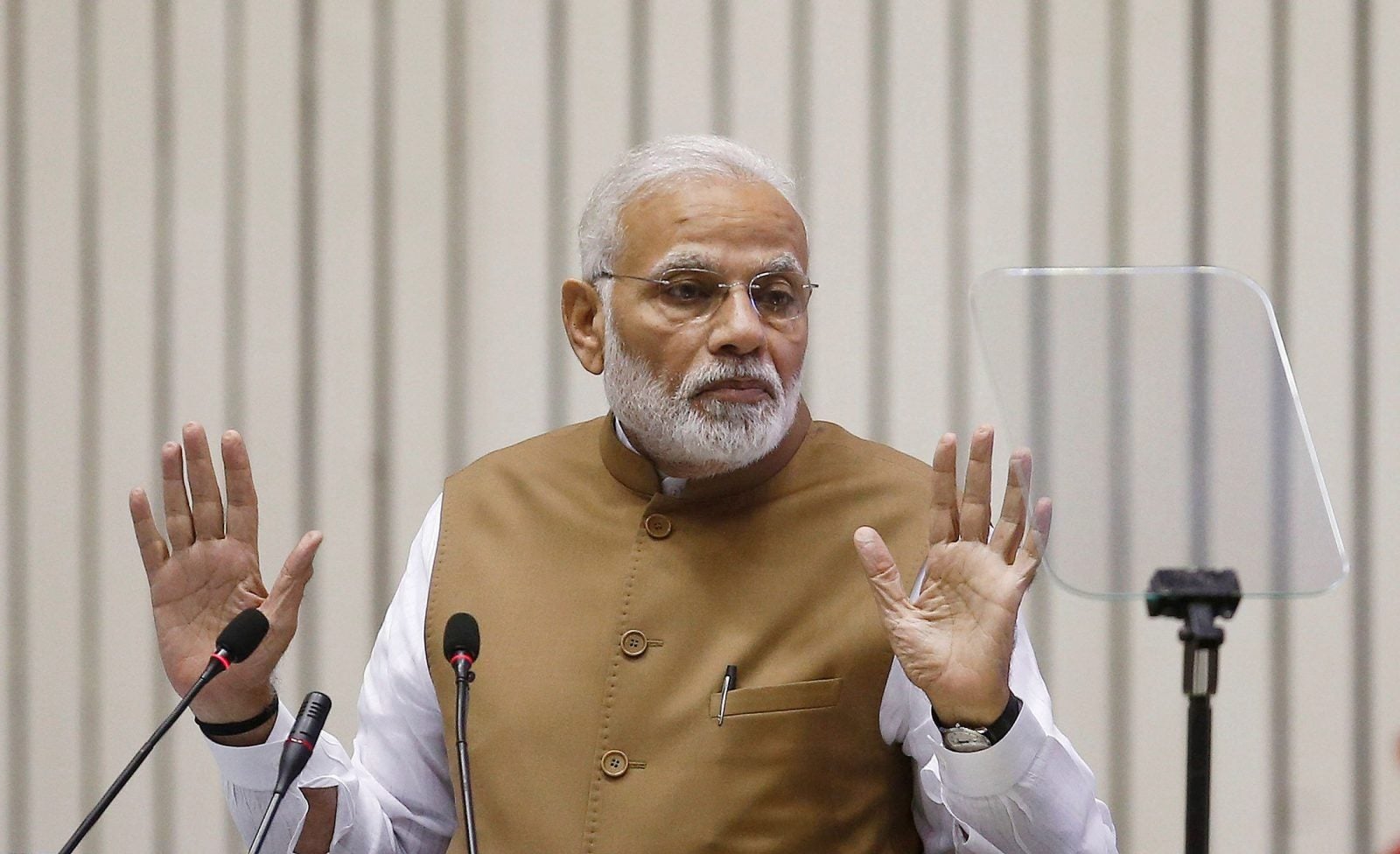What the Modi government’s last budget can do to help ordinary Indians
Budget 2019, slated for Feb. 01, will be the last by prime minister Narendra Modi’s government, as India’s general elections are likely to be held in May.


Budget 2019, slated for Feb. 01, will be the last by prime minister Narendra Modi’s government, as India’s general elections are likely to be held in May.
As is customary, both the markets and the common man get high on hopes in the run up to budget day. Though it still remains unclear if Budget 2019 will be an interim- or full-budget, there is speculation that it may attempt to address the hopes of the common man.
Here are some ideas for the finance minister to consider:
Revamp the tax slabs
The basic exemption limit, to escape the income tax net, has not been raised since financial year 2015. Currently, all individuals below 60 years of age, with net taxable incomes below Rs2.5 lakh ($3,507) per year are exempted from paying any tax on their incomes.
Every year, demands to increase this exemption limit have come to naught. In Budget 2018, tax rates in the lowest slab rate (net taxable income between Rs 2.5 lakh and Rs 5 lakh per year) were slashed to 5% from 10%, but there was no raise in the exemption limit.
This year, though, there is a strong case to exempt individuals with slightly higher incomes from the tax net. For one, the Goods and Services Tax has yielded additional tax collections. Moreover, the government has declared that more people have been brought into the tax net.
Hence, it is reasonable to ask for a favourable revision, in the current tax exemption limits, as suggested below:
- For individuals below 60 years of age, an annual income of Rs3 lakh per annum is a more acceptable exemption limit. For women, this can even be Rs3.25 lakh per annum.
- For senior citizens, between 60 and 80 years, the exemption limit can be raised from the current Rs3 lakh to Rs3.5 lakh per annum.
- For very senior citizens, above 80 years, the exemption can be raised to Rs5.5 lakh from Rs5 lakh.
Increase 80C limit
Section 80C of the Income-Tax Act covers a wide list of tax-saving investments. The investments made in these instruments, which range from insurance policies to certain mutual fund schemes, are deducted from the individual’s gross income, while calculating the taxable income.
While the list of investments to choose from is diverse and well-populated, the total deductions cannot exceed Rs1.5 lakh. Given the rising cost of living and inflation, this amount provides meagre relief. Raising the ceiling to at least Rs2 lakh will do better justice and also encourage savings.
Enhance standard deduction
Budget 2018 introduced a standard deduction of Rs40,000 from an individual’s gross income, while computing taxable income. However, the same budget also removed non-taxable incomes aggregating to Rs34,200, which were available as conveyance allowances and medical expenses.
The incremental net benefit to salaried individuals was a meagre Rs5,800. Hence, this year, the standard deduction can be enhanced to Rs1 lakh.
Less taxing b
ank FDs
One of the ways to maintain risk-free liquid investments is to invest in fixed deposits (FDs) in banks. However, the real return (net of tax) on FDs is much lower than investments made in equity or mutual funds.
It would be a welcome move if section 80TTB, which grants senior citizens exemptions up to Rs50,000 on interest income from FDs, is extended to non-senior-citizens as well (even if, at a lower amount, of say Rs25,000). This will encourage more people to park their funds in banks and encourage a balanced risk profile (between bank deposits and equities) in an individual’s investment portfolio.
Easing education loans
With increasing costs, availing education loans have become a common practice. Tax provisions currently exempt interest paid on higher education loans from tax over an eight-year period, beginning from the year the deduction is first claimed.
A deduction for principal repayment of such loans up to Rs2 lakh per financial year, for a period of up to three years would give much-needed relief to individuals just starting out on their careers. This will also be aligned with the government’s objective to make India a “skill capital” by 2022.
Loss from house property
Under existing tax provisions, interest of up to Rs2 lakh on a housing loan for a self-occupied house is deductible from an individual’s gross income. Also, the limit of loss from house property that can be adjusted against other income is just Rs2 lakh. Considering the high real estate prices, these limits can be enhanced to Rs2.5 lakh.
But now that GST is in place, the government is likely to renew focus on direct tax reforms. The new Direct Tax Code (DTC) is expected to be presented on Feb. 28 by the task force constituted by India’s Central Board of Direct Taxes. Hence, with the DTC reforms still in the pipeline, one need not be too optimistic on Feb. 01.
The views expressed in this article are personal. Hitesh Sharma, director and Kinjal Soni, manager, PwC India, also contributed to this article. We welcome your comments at [email protected].